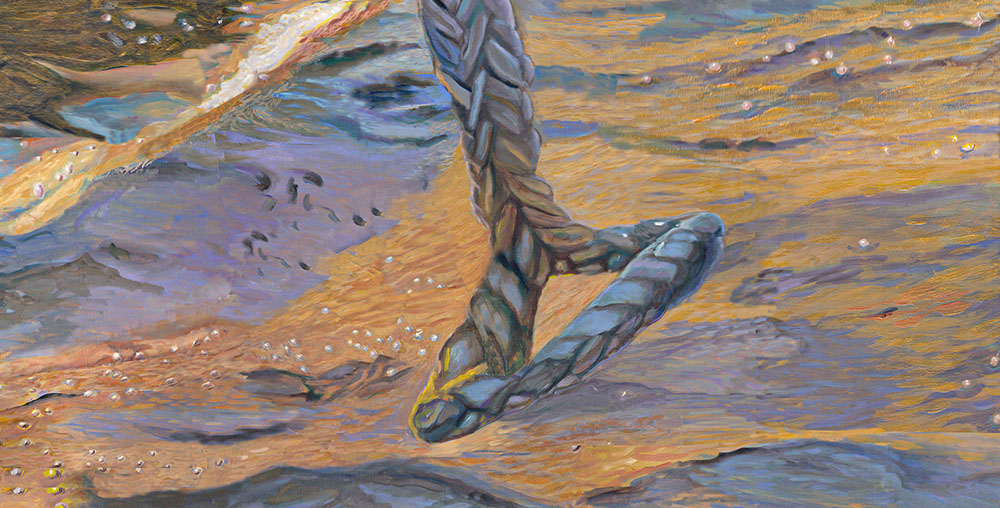Enigmatic Creatures: Symbols in the Shadows
Enigmatic creatures explore the deep secret of life’s facets.
Birds and humans united in this tableau. Their stories are woven with threads of fascination and mystery.
Indeed, the raven carries a reputation of doom—an omen of evil associated with graves and death. Yet it possesses a remarkable talent for communication. In the medieval period, these birds served as a vital means of transmitting messages.
However, they should not be harmed because they may retaliate by shattering windows—a testament to their intelligence and resilience.
Another enigmatic symbol gracing this canvas is the owl, a symbol of wisdom and enlightenment. His penetrating eyes offer a perspective on the wild and unknown, and a contemplative gaze warns of impending dangers.
Moreover, a human emerges with a gas mask, signaling a society in turmoil. Behind the owl, a woman in a tunic represents the saintly—perhaps a hope we all carry within us.
Also, just beyond, near the house’s left side, an entity recalls eerie encounters. A figure passed next to me, shutting doors and walking away through the back door yard. Nighttime subjects are less distracting, and easy to look at it.
In short, “enigmatic creatures” invite us to consider life’s secrets and the wonder that lingers just beyond the veil of our existence.
“The Night Watchers” Size 18″ x 24″ Oil on Canvas 2019
Video Link





